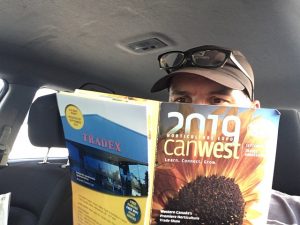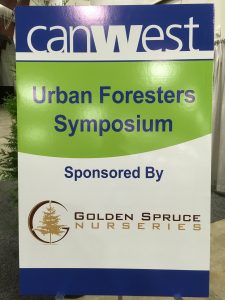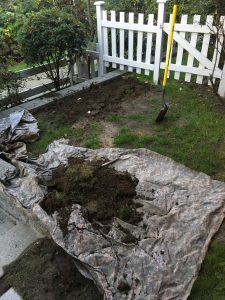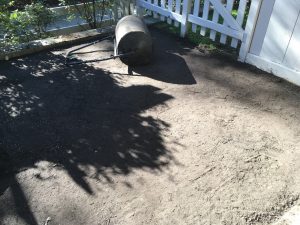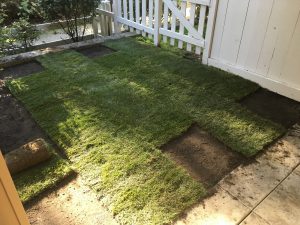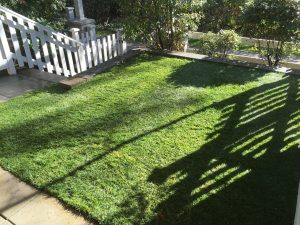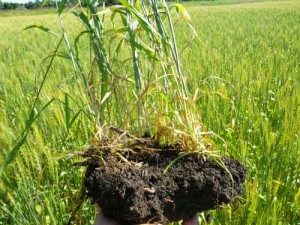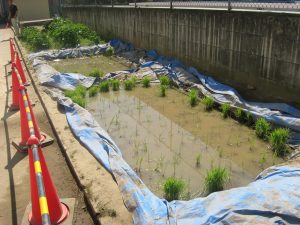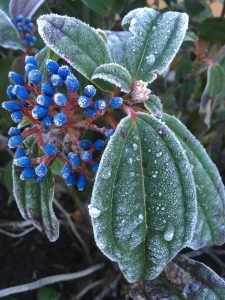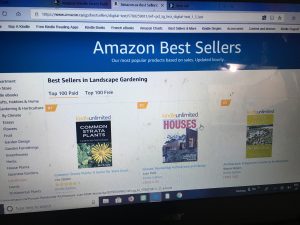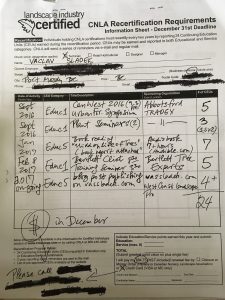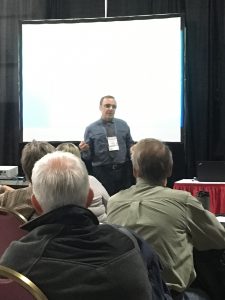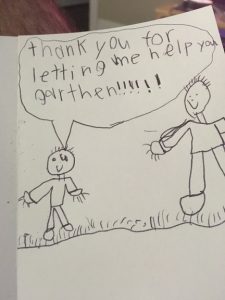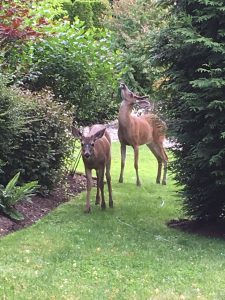Don’t miss CanWest 2019 Horticulture Expo, Western Canada’s Premiere Horticulture Trade Show. If you read this blog frequently-and I hope you do!-you will know that I harp on this every year. The show runs from September 25-26, 2019.
Why I attend
Yes, thanks to the generous support of my company, I get two paid days off to hang out at a trade show. But it’s not about escaping from work. It’s about learning and collecting education credits. And this year looks very promising.
As an ISA certified arborist I attend the full day Urban Foresters Symposium on Wednesday; and this year two lectures look interesting: tree planting and installation; and tree diseases affecting Pacific Northwest trees. There is usually enough time after the symposium to take the plant ID test on the trade floor.
Then, on Thursday, there are short courses available. This is my proposed list.
- Renovation pruning of an Old Garden, 8:30-10am
- Garden zombies: horticultural myths, 10:30-12:00, Dr. Linda Chalker-Scott
- Pruning fruit trees, 1:15-2:45
CanWest rock star!
Note that the second course is taught by my online mentor Dr. Linda Chalker-Scott from the University of Washington. I have most of her books and I bought her Great Course. All of them are great resources. Not only is there science behind Linda’s work, she’s also local. If you’re not familiar with Linda, now is your chance to correct that frightening omission. Thank me later.
Lots happening
There is lots more happening at CanWest than lectures. The trade floor is covered by booths, there is a job board, arborist demo zone, bug zone and pest ID challenge, and truck and trailer safety.
You can also reconnect with old co-workers and meet new people to build your network. This trade show is awesome for a professional landscape blogger like me. And some of my work will appear on this Proper Landscaping blog.
Don’t miss this year’s CanWest. If you see me there, please say Hello and give me feedback on this blog.
Learn. Connect. Grow.


